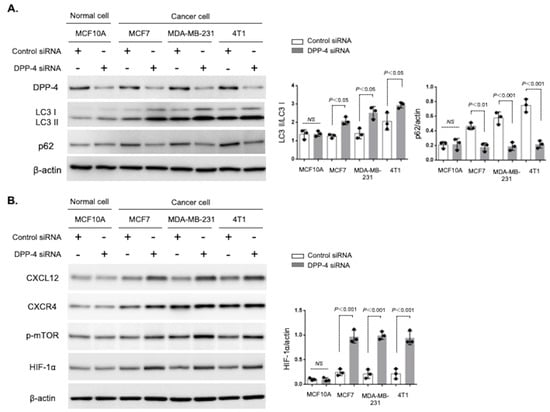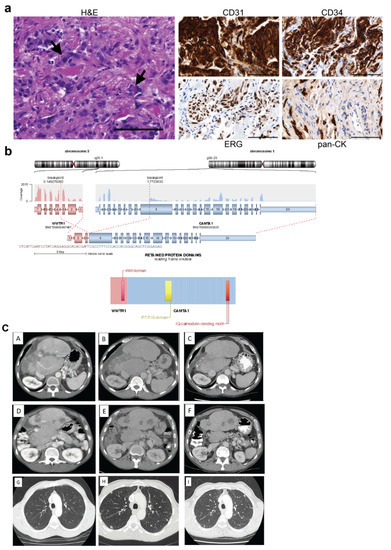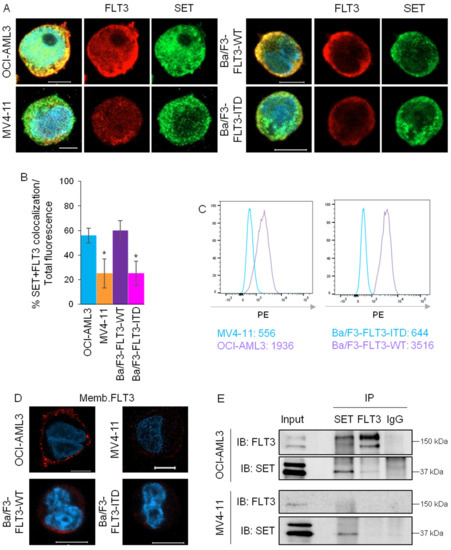Molecular Pathways in Cancers
A topical collection in Cancers (ISSN 2072-6694). This collection belongs to the section "Molecular Cancer Biology".
Viewed by 6445Editors
Interests: oncology; hematology; patient outcome; prognostic markers; healthcare quality; innovation; molecular processes
Special Issues, Collections and Topics in MDPI journals
2. Center for the Biomedical Research Network in Oncology (CIBERONC), E-28040 Madrid, Spain
Interests: lymphoproliferative neoplasias; lymphoma; NOTCH signaling pathway; liquid biopsy; cancer bioinformatics
Special Issues, Collections and Topics in MDPI journals
Topical Collection Information
Dear Colleagues,
Despite continuous advances in anticancer therapies, the survival rates in most tumor types remain very poor, especially in those patients with advanced stages of the disease. There is a direct relationship between our level of understanding of each cancer’s molecular pathogenesis and our capacity to develop novel and effective therapeutic strategies.
For this Topical Collection, we welcome contributions that improve our knowledge of the molecular alterations that deregulate key signaling pathways and govern tumor progression in highly prevalent human cancers. This Topical Collection will focus on studies that combine basic and translational research and provide significant findings with a clear, clinical, and therapeutic impact.
Dr. Ion Cristóbal
Dr. Marta Rodríguez
Collection Editors
Manuscript Submission Information
Manuscripts should be submitted online at www.mdpi.com by registering and logging in to this website. Once you are registered, click here to go to the submission form. Manuscripts can be submitted until the deadline. All submissions that pass pre-check are peer-reviewed. Accepted papers will be published continuously in the journal (as soon as accepted) and will be listed together on the collection website. Research articles, review articles as well as short communications are invited. For planned papers, a title and short abstract (about 100 words) can be sent to the Editorial Office for announcement on this website.
Submitted manuscripts should not have been published previously, nor be under consideration for publication elsewhere (except conference proceedings papers). All manuscripts are thoroughly refereed through a single-blind peer-review process. A guide for authors and other relevant information for submission of manuscripts is available on the Instructions for Authors page. Cancers is an international peer-reviewed open access semimonthly journal published by MDPI.
Please visit the Instructions for Authors page before submitting a manuscript. The Article Processing Charge (APC) for publication in this open access journal is 2900 CHF (Swiss Francs). Submitted papers should be well formatted and use good English. Authors may use MDPI's English editing service prior to publication or during author revisions.
Keywords
- highly prevalent cancers
- tumor microenvironment
- oncogenesis
- progression
- novel targeted therapy
- prognosis









